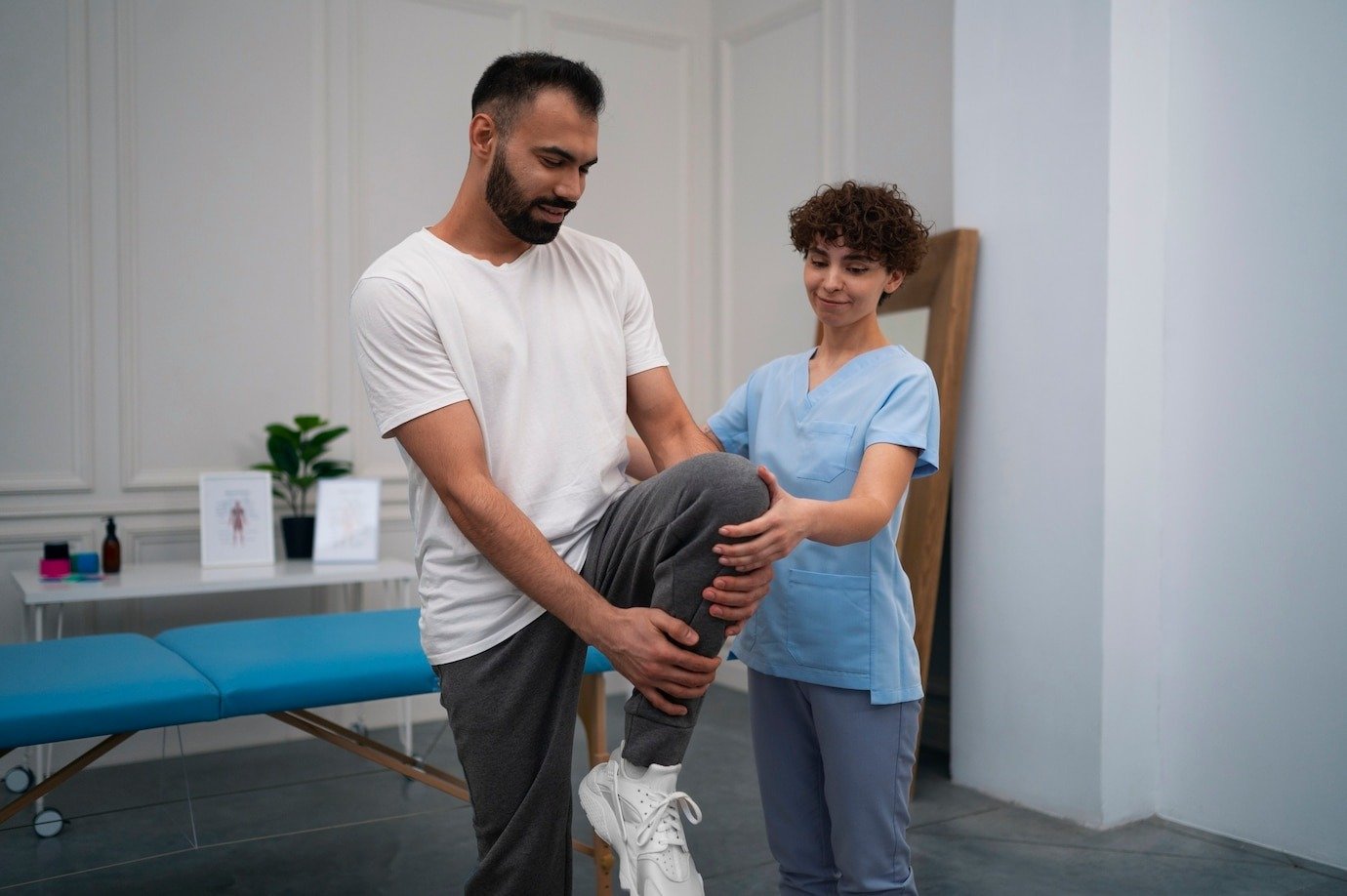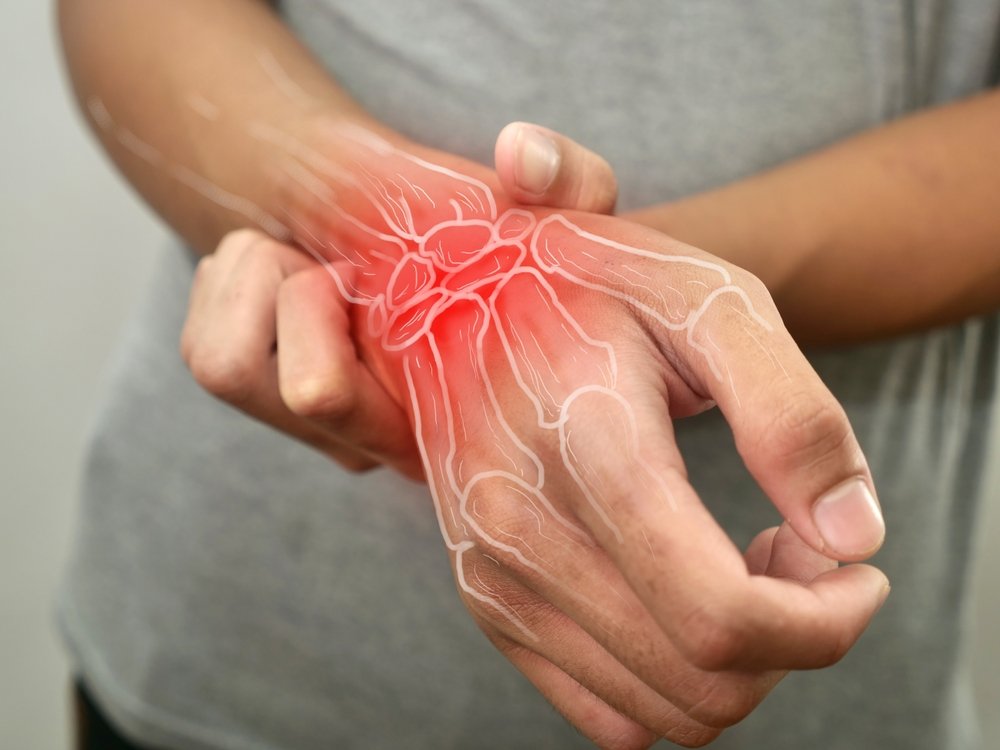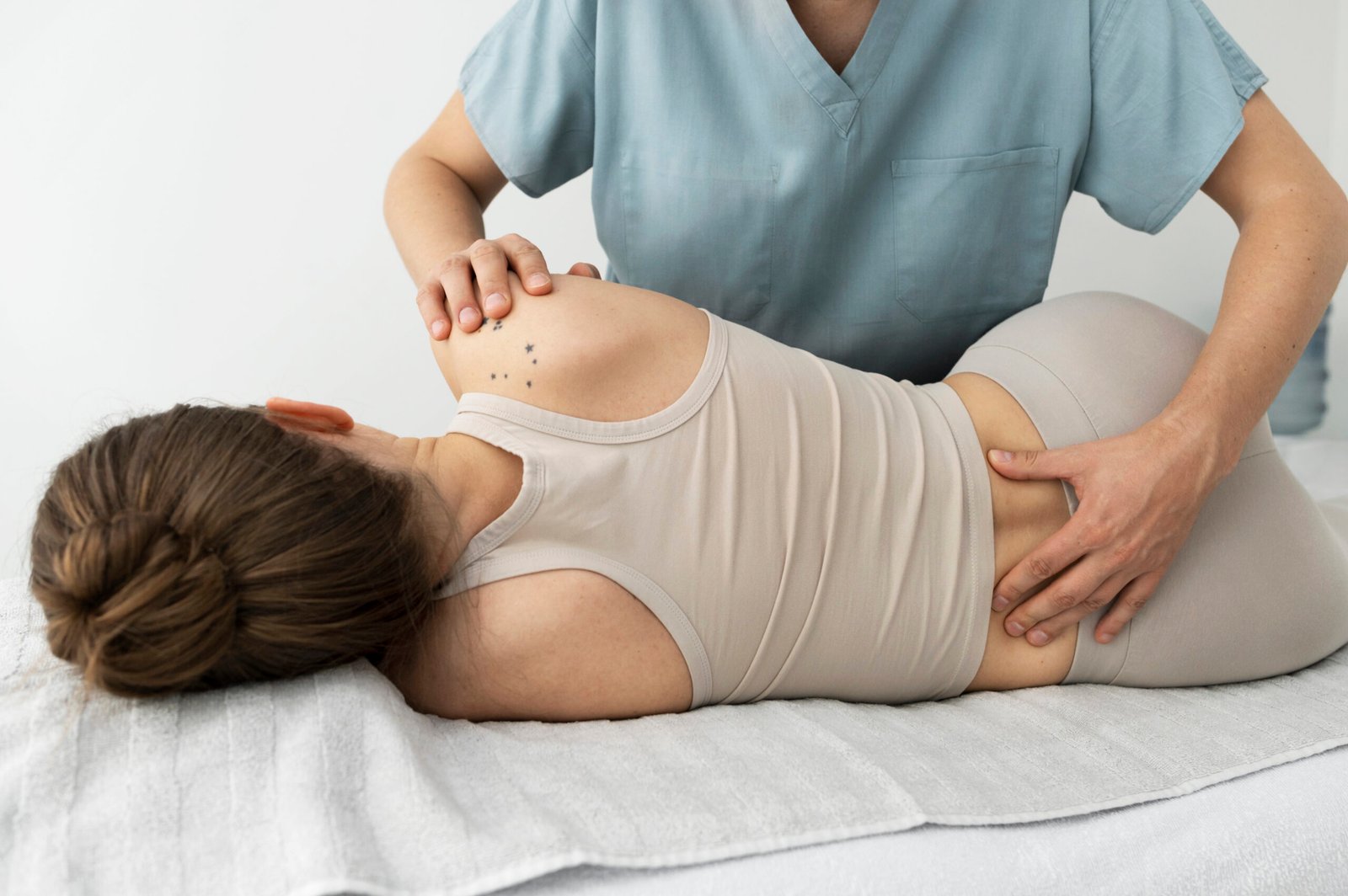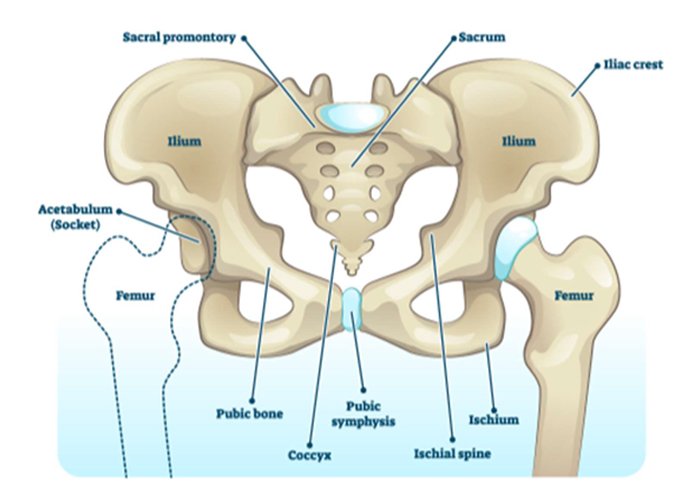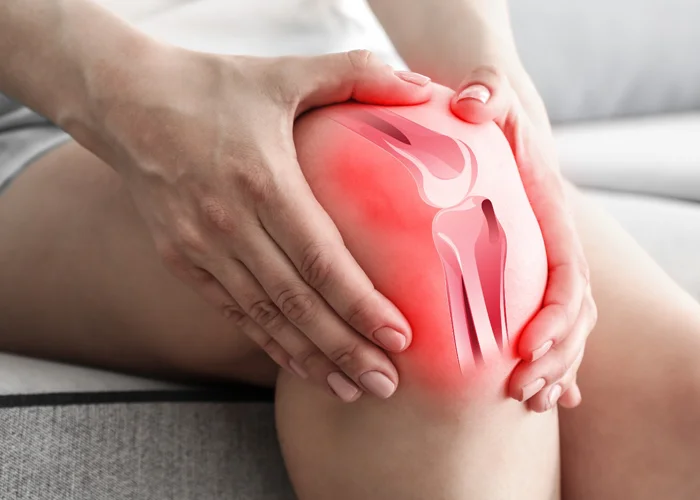Running is amazing for fitness maintenance and clearing your mind. It is healthy for your heart and overall health. However, it can also lead to pains and injuries that may slow one down or keep them from running for a short time. From just mild discomfort to serious ones, no less, understanding where your pain is and when to seek professional help will be important. Recognizing the difference between discomfort and an injury, and when physiotherapy may play its part, will also offer the possibility of maintaining your running feet.
When It’s Discomfort and When It’s Pain
Knowing the difference between discomfort and pain is great for making the big decision to go and consult a professional physiotherapy specialist.
Discomfort: It can be general and not disrupt your running form. Soreness following a long run is common. With adequate rest and recovery, you should be able to return to running, soon enough.
Pain: Pain, however, is another story. It’s pinpointed, sharp, and affects your form. Unaddressed pain causes severe injuries; therefore, it’s best to listen to your body and seek help when you feel the need.
Common Injuries and What They Imply
Runner’s knee: The pain behind or around your kneecap during an activity could indicate a runner’s knee. It generally takes place because of an imbalance of muscles and overuse.
Shin splints: Pain found along the front or inside of your lower leg after a sudden increase in distance or speed.
Achilles tendinitis: This condition occurs when the Achilles tendon, a band of tissue that connects the calf muscles to the heel bone, becomes inflamed. It mostly occurs due to repetitive stress from activities like running, leading to pain and stress.
Plantar fasciitis: When Plantar fascia, a thick band of tissue that connects the heel to the back of the toes gets inflamed, this condition occurs. It can happen due to running, or even by wearing incorrect size shoes.
IT band syndrome: If your leg hurts when you run on the outer side of your knee, you may have this syndrome, which is normally caused by the wrong form of running.
How Physiotherapy Improves Your Running
Physiotherapy isn’t intended only to treat injuries. But, also to make your running experience even better and stop potential injury. Here’s how we do it at Solace Physio :
- Manual therapy to relieve discomfort and enhance flexibility.
- Stretching and strengthening to eliminate muscle imbalance.
- Gait analysis so that we can figure out what you’re doing wrong—before it becomes painful.
Why Choose Solace Physio?
- Thorough examination: We search for the origins of your discomfort by inspecting your body and running mechanics.
- Personalized treatment plans: The plans are individually tailored, encompassing relief techniques for pain, muscle strengthening exercises, and flexibility training.
- Targeted Injury Treatment: Expertise in the management of conditions such as runner’s knee, Achilles tendinitis, Planter fasciitis, IT band syndrome, and many more.
Preventive Advice: Advice and lessons on how to avoid future injuries through proper adjustment of your form and footwear to your running routine.

